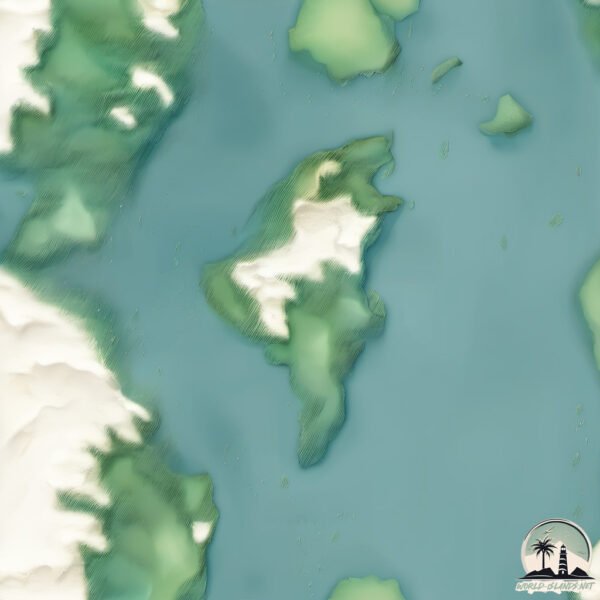Pauquino

Welcome to Pauquino, a Dry island in the North Pacific Ocean, part of the majestic Pacific Ocean. This guide offers a comprehensive overview of what makes Pauquino unique – from its geography and climate to its population, infrastructure, and beyond. Dive into the details:
- Geography and Size: Explore the island’s size and location.
- Climate and Weather: Weather patterns and temperature.
- Topography and Nature: Uncover the natural wonders of the island.
- Infrastructure and Travelling: Insights on reaching, staying, and making the most of your visit.
- News and Headlines: Latest News.
Geography and size of Pauquino
Size: 2.255 km²
Coastline: 9.2 km
Ocean: Pacific Ocean
Sea: North Pacific Ocean
Continent: North America
Pauquino is a Small Island spanning 2.3 km² with a coastline of 9.2 km.
Archipel: –
Tectonic Plate: Pacific – The world’s largest tectonic plate, covering much of the Pacific Ocean, known for the Pacific Ring of Fire with extensive seismic and volcanic activity.
The geographic heart of the island is pinpointed at these coordinates:
Latitude: 25.03809636 / Longitude: -112.15356867
Climate and weather of Pauquino
Climate Zone: Dry
Climate Details: Hot Deserts Climate
Temperature: Hot
Climate Characteristics: Dominated by extremely hot temperatures, this climate is marked by minimal rainfall and barren landscapes. Nights often experience drastic temperature drops.
Topography and nature of Pauquino
Timezone: UTC-07:00
Timezone places: America/Denver
Max. Elevation: -1 m
Mean Elevation: -6 m
Vegetation: Sandy Terrain
Tree Coverage: 94%
The mean elevation is -6 m. Remarkably, this unique island barely emerges above the sea level, showcasing nature’s fascinating interplay with the ocean. The island is characterized by Plains: Flat, low-lying lands characterized by a maximum elevation of up to 200 meters. On islands, plains are typically coastal lowlands or central flat areas.
Dominating Vegetation: Sandy Terrain
Areas covered primarily with sand, like dunes and beaches, where vegetation is sparse due to the dry and shifting substrate. Pauquino has a tree cover of 94 %.
Vegetation: 5 vegetation zones – Highly Diverse Island
With five different vegetation zones, these islands offer a rich tapestry of ecosystems. The variety could include dense forests, open meadows, wetlands, coastal zones, and more. This level of diversity supports an intricate web of life, with each zone playing a vital role in the overall ecological health and balance of the island.
Infrastructure and Travelling to Pauquino
Does the island have a public airport? no.
There is no public and scheduled airport on Pauquino. The nearest airport is Ciudad Constitución National Airport, located 59 km away.
Does the island have a major port? no.
There are no major ports on Pauquino. The closest major port is SAN JUAN DE LA COSTA, approximately 176 km away.
The mean population of Pauquino is per km². Pauquino is . The island belongs to Mexico.
Continuing your journey, Magdalena is the next notable island, situated merely km away.
Mexico is classified as Emerging region: MIKT: Mexico, Indonesia, South Korea, and Turkey – Economies recognized for their development potential and emerging market status. The level of income is Upper middle income.
News – Latest Updates and Headlines from Pauquino
Stay informed with the most recent news and important headlines from Pauquino. Here’s a roundup of the latest developments.
Please note: The data used here has been primarily extracted from satellite readings. Deviations from exact values may occur, particularly regarding the height of elevations and population density. Land area and coastline measurements refer to average values at mean high tide.
